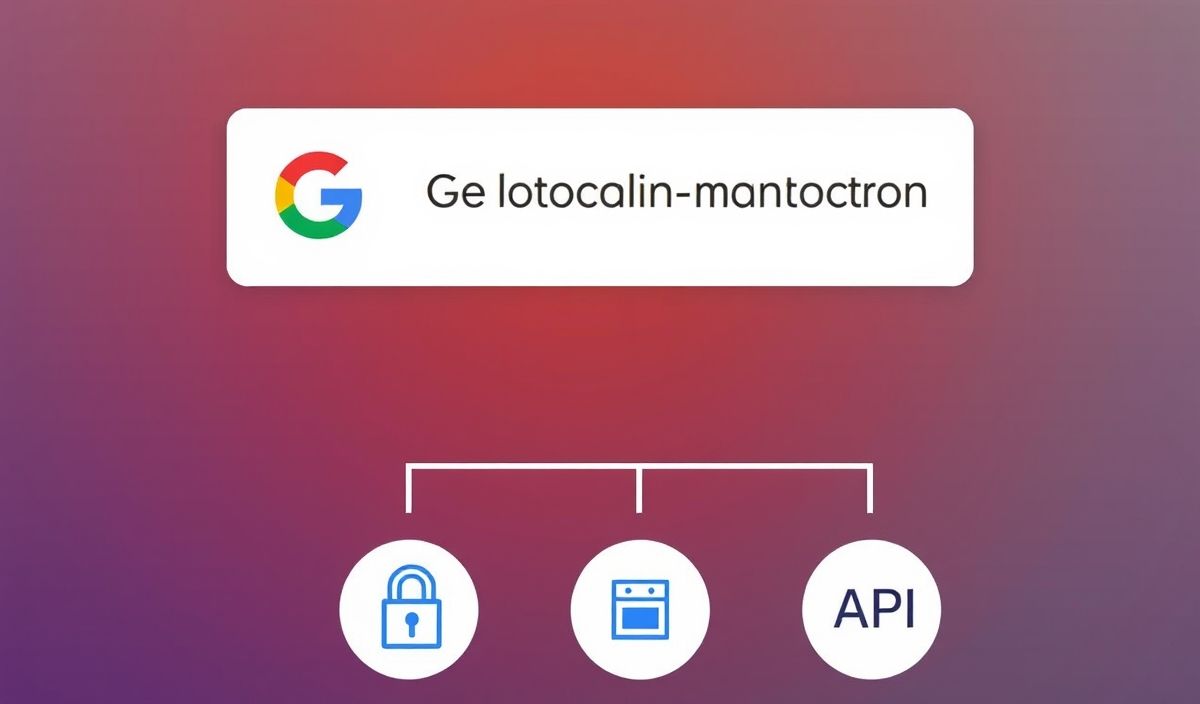Introduction to OAuth2 Server
OAuth 2.0 is the industry-standard protocol for authorization, enabling applications to obtain limited access to user accounts on an HTTP service. This comprehensive guide will help you implement an OAuth2 Server, covering essential APIs, code snippets, and a complete application example.
1. Setting Up OAuth2 Server
npm install oauth2-server
2. Creating the OAuth2 Server Instance
const OAuth2Server = require('oauth2-server');
const Request = OAuth2Server.Request;
const Response = OAuth2Server.Response;
const oauth = new OAuth2Server({
model: require('./model.js'),
});
3. Token Endpoint
app.post('/oauth/token', (req, res) => {
const request = new Request(req);
const response = new Response(res);
oauth
.token(request, response)
.then((token) => {
res.json(token);
})
.catch((err) => {
res.status(err.code || 500).json(err);
});
});
4. Authorize Endpoint
app.get('/oauth/authorize', (req, res) => {
const request = new Request(req);
const response = new Response(res);
oauth
.authorize(request, response)
.then((code) => {
res.json(code);
})
.catch((err) => {
res.status(err.code || 500).json(err);
});
});
5. Protecting Routes
app.get('/secure', (req, res) => {
const request = new Request(req);
const response = new Response(res);
oauth
.authenticate(request, response)
.then((token) => {
res.json({ message: 'Secure data' });
})
.catch((err) => {
res.status(err.code || 500).json(err);
});
});
6. Application Example
const express = require('express');
const OAuth2Server = require('oauth2-server');
const bodyParser = require('body-parser');
const app = express();
const model = require('./model.js');
const oauth = new OAuth2Server({
model: model,
});
app.use(bodyParser.json());
app.use(bodyParser.urlencoded({ extended: false }));
app.post('/oauth/token', (req, res) => {
const req = new OAuth2Server.Request(req);
const res = new OAuth2Server.Response(res);
oauth
.token(req, res)
.then((token) => {
res.json(token);
})
.catch((err) => {
res.status(err.code || 500).json(err);
});
});
app.get('/secure', (req, res) => {
const req = new OAuth2Server.Request(req);
const res = new OAuth2Server.Response(res);
oauth
.authenticate(req, res)
.then((token) => {
res.json({ message: 'Secure data' });
})
.catch((err) => {
res.status(err.code || 500).json(err);
});
});
app.listen(3000, () => {
console.log('Server running on port 3000');
});
By following these examples, you can set up an OAuth2 Server and secure your application effectively. Explore the OAuth2 Server documentation for more advanced usage and customization.
Hash: b8d0dca77a5820a05e5737ad322068366833d3d9df12221a05e56336fe9bd66e




